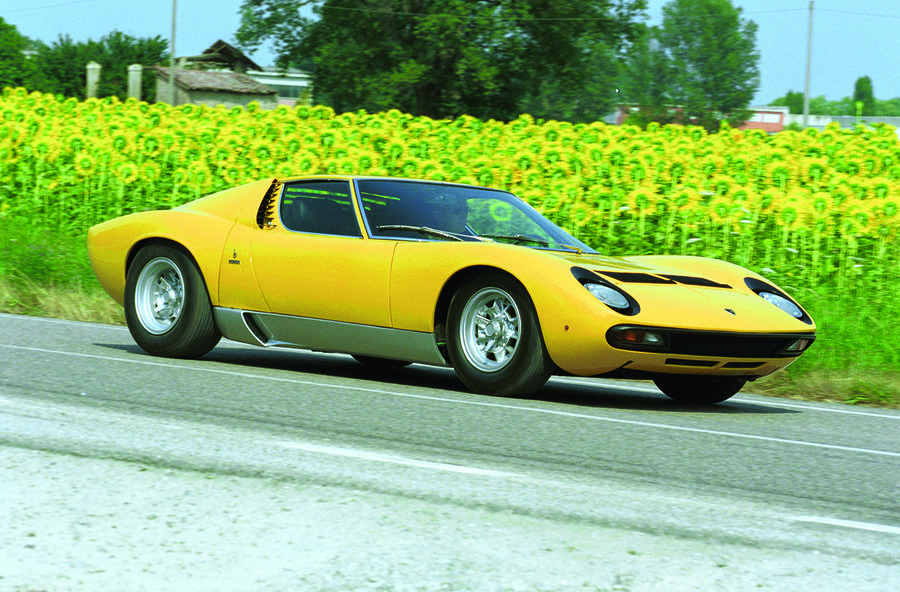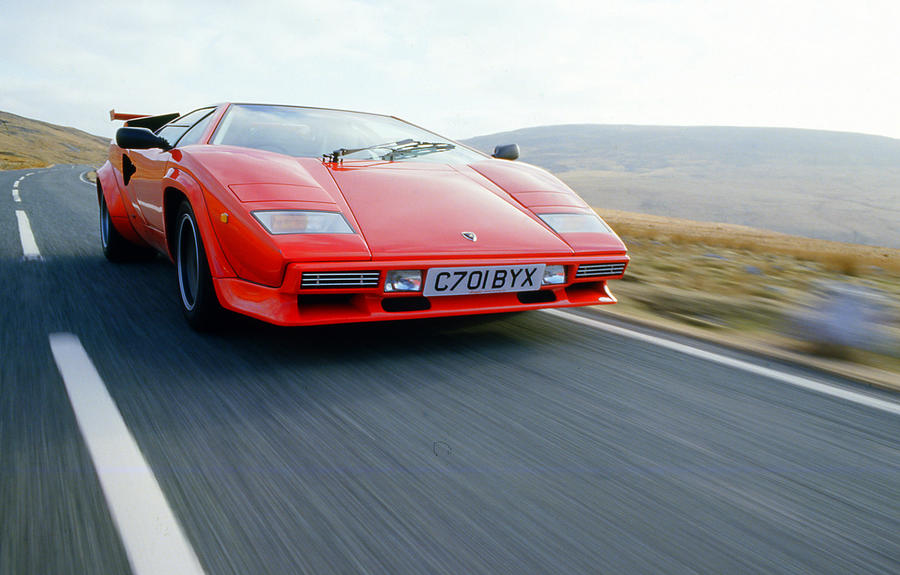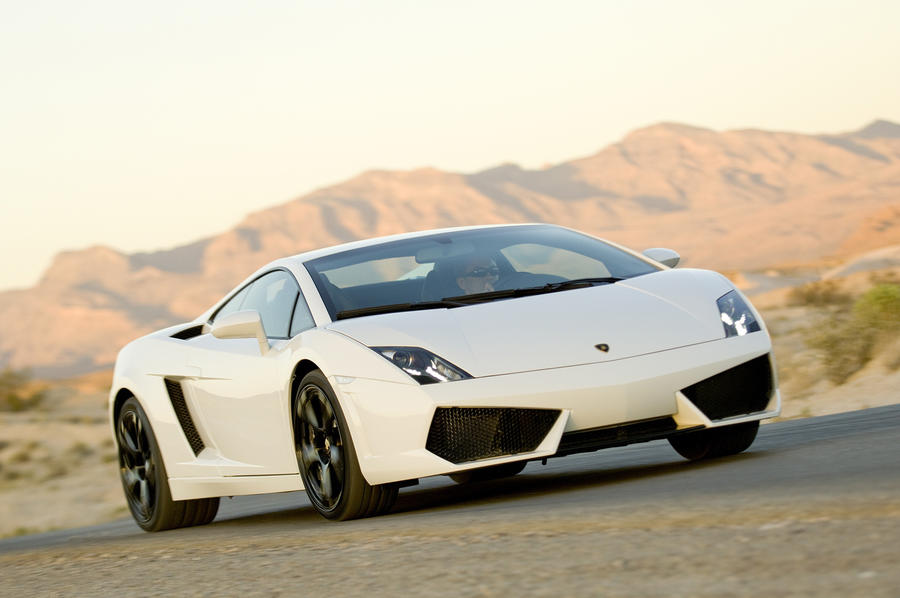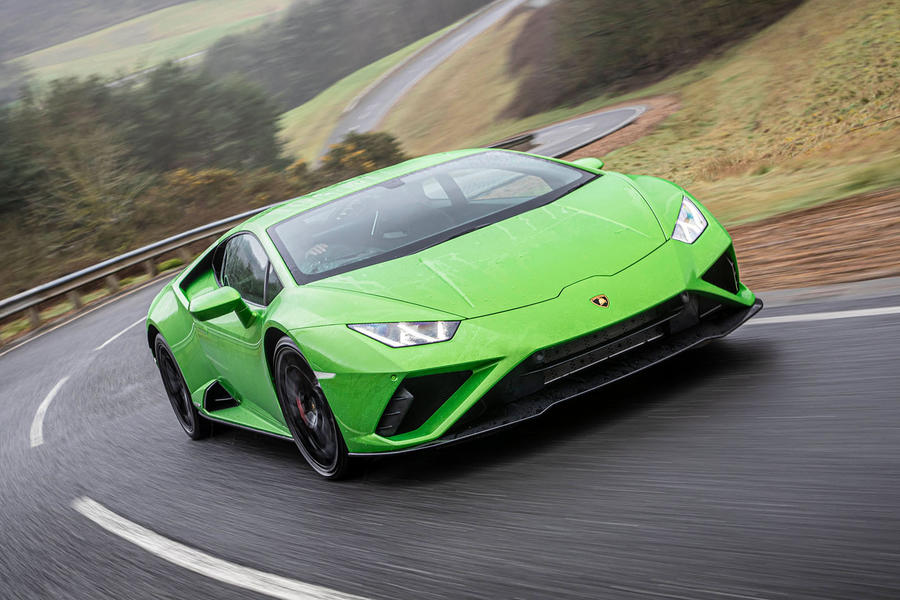Lamborghini is a byword for excitement and excess in the automotive world, but that hasn’t always been the case. It might be all about speed and noise these days, but the roots of the company are very different indeed.
The Lamborghini Automobili company began life as the brainchild of Italian founder Ferruccio Lamborghini. Born in 1916, Ferruccio served as a mechanic in the Italian Royal Air Force during the Second World War before going into business building tractors based on surplus World War II military hardware.
By the mid-1950s, Lamborghini’s tractor company was growing at a rapid rate and by the time he expanded into constructing boilers and air-conditioning systems in 1960, Lamborghini had become one of Italy’s great industrialists.
With increased success brought great wealth, which led Ferruccio to purchase a fleet of sports cars – one of them a Ferrari 250GT. It was this acquisition that spawned the idea for Ferruccio Lamborghini to set up his own car company; in his opinion finding that the Ferrari was too noisy and rough for proper road cars, likening them to repurposed track cars.
Lamborghini designed and built his first car – the 350GTV – in only four months, just in time for an unveiling at the 1963 Turin motor show. Despite the favourable press reviews, the 350GTV was a one-off, with Lamborghini re-working the production model and calling it the 350GT.
Debuting at the 1964 Geneva Auto Show, the 350GT was powered by a de-tuned 270bhp 3.5-litre V12 mated to a five-speed manual transmission. The 350GT could accelerate from 0-62mph in 6.8sec and onto a top speed of 158mph – hugely impressive figures in its day. Only 120 examples were made.
Further revisions to the 350GT created the 400GT in 1965. Italian engineer Gian Paulo Dallara tweaked the V12, increasing its displacement to 3.9 litres and a power hike to 320bhp at 6500rpm.
At the 1966 Geneva auto show, Lamborghini unveiled the 400GT 2+2, a stretched version of the 350GT/400GT that featured 2+2 seating with a revised roofline. Like its predecessors, the 400GT 2+2 was well received by motoring journalists, with revenue from sales of the 2+2 allowing Lamborghini to increase labour at his Sant’Agata factory to 170 employees.
During 1965, Lamborghini’s three top engineers, Gian Paolo Dallara, Paolo Stanzani and New Zealander Bob Wallace put their own time into development of a prototype – named P400 – that they envisioned as a road car with racing pedigree, capable of winning on the track as well as being driven on the road by enthusiasts.











































































































Join the debate
Add your comment
Raging bull...
I believe there was an Islero Lamborghini?, anyone enlighten me, think it was maybe an 1980's car?
I love Lambo
Great gallery.